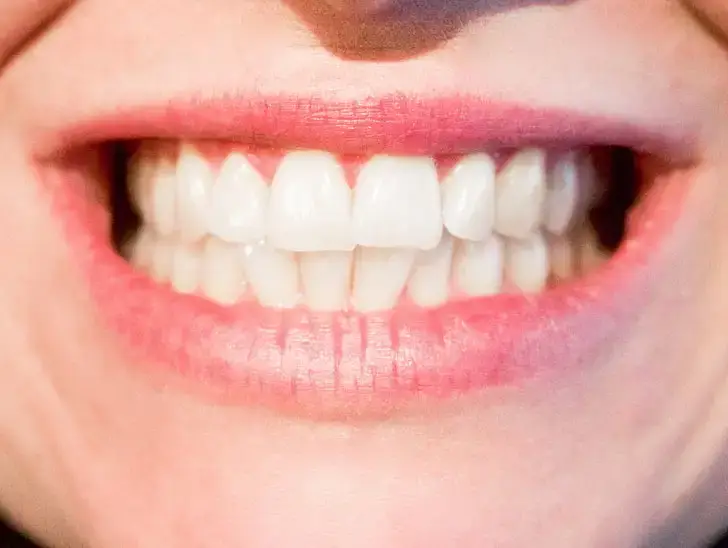Glútem is a protein found in some cereals, such as wheat, rye and barley. It is responsible for the elasticity and softness of bread dough, cakes and other foods. However, Glútem can also cause health problems for some people who have an intolerance or allergy to this substance. In this article, we will explain what Glútem is, what foods contain it and how it affects the health of those who consume it.
Glútem- A Brief Review
Glútem is a group of proteins that are found in some grains, such as wheat, barley, and rye. Glútem gives dough its elasticity and helps bread rise. However, some people have a condition called celiac disease, which means they cannot digest Glútem properly and it damages their intestines. Other people may have a non-celiac Glútem sensitivity, which means they experience symptoms like bloating, diarrhea, or headaches after eating Glútem
If you want to avoid Glútem, you need to check the labels of the foods you buy and look for Glútem-free options. Some common foods that contain Glútem are bread, pasta, cereals, crackers, pastries, sauces, and beer. Some foods that are naturally Glútem-free are rice, corn, quinoa, oats, fruits, vegetables, meat, fish, eggs, and dairy
How Glútem affects health
Glútem is a protein found in some grains, such as wheat, barley, and rye. It gives dough its elasticity and helps bread rise. However, some people have a condition called celiac disease, which means they cannot digest Glútem properly and it damages their intestines. Other people may have a non-celiac Glútem sensitivity, which means they experience symptoms like bloating, diarrhea, or headaches after eating Glútem.
For most people, Glútem is not harmful and can provide protein, soluble fiber, and nutrients. However, for people with celiac disease or Glútem sensitivity, Glútem can cause inflammation, malabsorption, and other complications. Therefore, they need to avoid Glútem and follow a Glútem-free diet.
Conclusion
Glútem-free products are not necessarily healthier or more nutritious than their Glútem-containing counterparts, and they may also be more expensive and less available. Therefore, people who want to go Glútem-free should consult their doctor and nutritionist before making any dietary changes, and make sure they get enough fiber, vitamins, minerals, and other nutrients from other sources. Glútem is not harmful for most people, but it can be a serious issue for some. By being aware of the sources, effects, and alternatives of Glútem, people can make informed choices about their diet and health.






